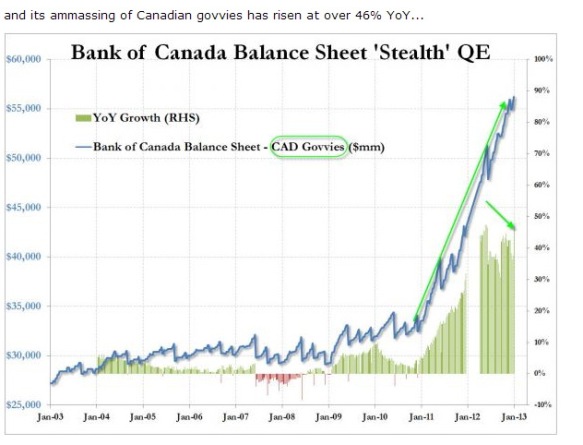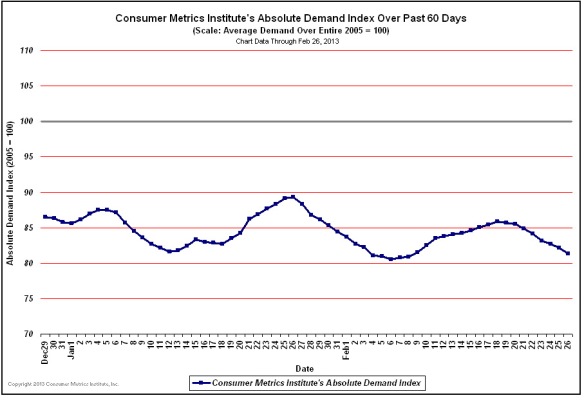In the context of the Transition, what are the detectable trends with people?
COMMUNICATION / CONNECTEDNESS: Enabled by the internet and by the radical expansion of telecommunication and video technologies, there is explosive growth in communication. Some communicate almost constantly, staying connected during nearly all waking hours. This is bringing an exponentially growing exchange of information that is making it increasingly difficult for people and organizations to hide information. Beyond the use of technology, some report finding an increasing ability to connect and communicate telepathically.
INNER WORK: People’s interest in inner work is flooding across the planet. Sure, some are searching for an inner secret to magically obtain a Maserati, and yes the world sometimes seems to be nearly-drowning in materialistic striving, but a large and growing number of people are realizing the importance of their inner life and the need to cultivate their insight in this realm.
This can be seen by the remarkable growth of people practicing meditation. Clear examples are organizations such as the Self Realization Fellowship founded by Yogananda, which has 500 centers in 54 countries. Even the Economist magazine stated that Sai Baba–whose organization is said to have centers in 166 countries–could have as many as 100 million followers. And there are thousands of other groups, large and small, teaching meditation, chanting, breathing, and other techniques for the cultivation of inner insight and being. Millions of people have been to therapy. Millions do Qi gong, yoga, or similar disciplines daily. There is explosive growth in this trend.
INSISTENCE ON KNOWLEDGE OVER BELIEF: For many, belief is no longer sufficient, they insist on going by knowledge gained from their own experience. This has resulted in a steady exodus from some of the traditional, belief-oriented religions into the inner work traditions, where experience is typically emphasized over belief. As a side-effect, this is making life more difficult for political parties, the mainstream media, and self-appointed or committee-sanctioned “experts” as people become less likely to simply believe the proclamations of an authority figure in favor of something that corresponds with their own experience.
GROUP CONSCIOUSNESS: Over the last 150 years, we’ve seen the strong emergence of people’s awareness that they belong to groups, communities that have nothing to do with the nation-states delivered to us by local geography and our history of war. Women’s movements and civil rights movements were created to secure equal rights. Labor movements began with the idea that commerce is a field where all participants can win, not just a few on the backs of the many. The environmental movement was begun by those who saw all humans as a group with the right to clean air, clean water, unpolluted land. The peace movement began with the idea that all people are in a group with the right to not be killed or maimed for the political and financial gain of small powerful cliques. Most humans see that groups can accomplish things an individual never could, spelling doom for the idea of “every man for himself.” Some spiritual traditions see all of us as one without separation, that what happens to one happens to all. All of these developments indicate an expansion of consciousness beyond the formerly limiting sense of group defined by family or nationality.
A CHANGING ATTITUDE TOWARD THE PHYSICAL SCIENCES: Most people are rightly respectful of the accomplishments of the physical sciences. But many are increasingly unsatisfied because these same sciences leave so much of life poorly explained. Even within their own fields of study, for example, biologists can’t explain photosynthesis; physicists don’t know the nature of the “dark matter” that they admit comprises at least 85% of the mass of the universe; mapping the human genome has raised at least as many questions as it answered; Western medical sciences are at a loss in the face of many diseases; and so forth. Many are transitioning themselves into intellectual and experiential research into realms which adherents of strictly physical science say do not exist because those realms cannot reliably be detected or measured using physical plane equipment. But Thomas Kuhn eloquently showed in his landmark 1962 book The Structure of Scientific Revolutions that the science of any period operates within a paradigm that excludes “non-standard” thinking despite the fact that new discoveries typically arise from what the keepers of the paradigm consider non-standard thinking. But some of these defenders of the paradigm can become almost religiously dogmatic about their worldview so that non-standard thinkers are often derided and almost invariably deprived of funds by lack of employment and grant money. This exerts a major drag on scientific progress. Thus many people seek direct experience of realms, planes of existence, that lie outside the boundaries to which the physical sciences claim life is limited.
HEALING: Unsatisfied with restricting themselves to the limitations and dangers of Western medical practices, many people are transitioning to receiving and giving energy-based healing techniques delivered physically or telepathically, and thereby enjoying the benefits of healing methods based on the presence of meridians and chakras, of direct treatment of the etheric, astral, and lower mental bodies, and so forth. For some, this path is opened by the inability of Western medicine to cure their problem, for example, rosacea, a difficulty for which conventional medicine has no solution, but which is often completely cured by acupuncture.
Strict defenders of the medical status quo go out of their way, ostensibly in the name of the alleviation of suffering, to put certain alternative practitioners out of business, even in jail, despite testimony from hundreds or even thousands that their suffering has been relieved by such an alternative. What they often say is that there have been no double-blind studies to verify the technique and therefore all reported healing can be written off to the “placebo effect.” But what does it mean that there is a placebo effect, that we even need double-blind studies? It means that people have, within themselves, the ability heal themselves with their own minds. This is not an endorsement by me that people completely forsake Western medicine and rely only on their ability to heal themselves, but simply to point out the obvious fact that the entire apparatus of double-blind studies is a testament to people’s ability to heal themselves, an absolute proof of mind over matter. So in the name of relieving suffering, some people cause more of it, a lot more of it, by hounding, persecuting, and prosecuting methods where there is ample testimony and evidence of the relief of suffering.
ALL IS ENERGY: More people are transitioning themselves to a deeper understanding of what we are told in school—everything is energy—but which many ignore, clinging to a mechanical world view where a bunch of dead billiard balls bouncing off one another somehow create an expanding multitude of galaxies inhabited by multitudes of intelligent beings. Some take this farther, seeing all life as alive, from the tiniest particle to the Sun and beyond.
SENSING ENERGIES AT DIFFERENT LOCATIONS: More people are transitioning themselves to sensing differences in energy at different locations on the planet and concluding that some places are, because of these differences, more conducive to inner work, and to the retrieval of all of their capabilities, than others.
EXPERIENCE OF MULTIPLE PLANES: Some people are transitioning themselves to experience the multiple planes of life that humans can touch, exploring both the perils and vast riches of planes other than the physical.
INTERACTION WITH NATURE INTELLIGENCES: Inspired by work at places like Findhorn and Perelandra, many report startling horticultural results when they elicit direct help from those intelligences that are the true designers and builders in nature, enabling a true working with nature rather than against it.
WHAT CAN I DO TO HELP: Some people are transitioning themselves from a “what can I get” approach to life to an approach that asks “what am I capable of, what can I bring to the table, what can I do to help?” Almost invariably these people seem to get a lot more help than people who are focused solely on “what can I get.”
* * *
There probably is no need to spend much time documenting the fact that acceleration is driving a lot of people insane. Proof can easily be obtained by watching the news or doing a “channel surf” on television. Clearly, events such as mass shootings are accelerating, as can be seen from this and this. And there have been additional shootings since those lists were published.
It’s clear that a lot of people are attempting to deal with acceleration by sedation via legal and illegal drugs and alcohol. Here are some quotes from just one US state agency web site:
“Unintentional poisonings in North Carolina have more than tripled in the last decade, and 7 out of 10 of those poisonings are from narcotics.”
“Prescription drug abuse is the leading cause of accidental death in North Carolina.”
“National research now shows teens using marijuana more than 20 times a month (heavily) has increased 80 percent in the last three years.”
Acceleration as usual.
And in a deeply tragic insanity of our time, for exhibiting non-standard behavior, a lot of schoolchildren are being given drugs like Ritalin and drugs said to be anti-psychotic. Children are having a difficult time coping, so what do we do? We numb their minds and bodies. This sounds like tactics of a severely repressive dictatorial regime, and yet it is being brought to us by the medical industrial complex and educational system in allegedly free societies. If there is any greater evidence that the powers that be want us all to keep our heads down and just keep munching another clump of grass, I don’t know what it is. Stalin would be very intrigued.
If one takes the time to investigate almost any field of endeavor on the planet at this time—food, politics, finance, medicine, business, legal, education, media, military, fossil fuels, transportation, and so forth—it doesn’t take long before one encounters insanity. There is an upcoming post on this topic that will be called “Runaway Trains.”
In Part 8, we will explore what these current conditions and trends can be expected to yield going forward, in terms of both turbulence and benefits. In other words, we can get to predictions.



























